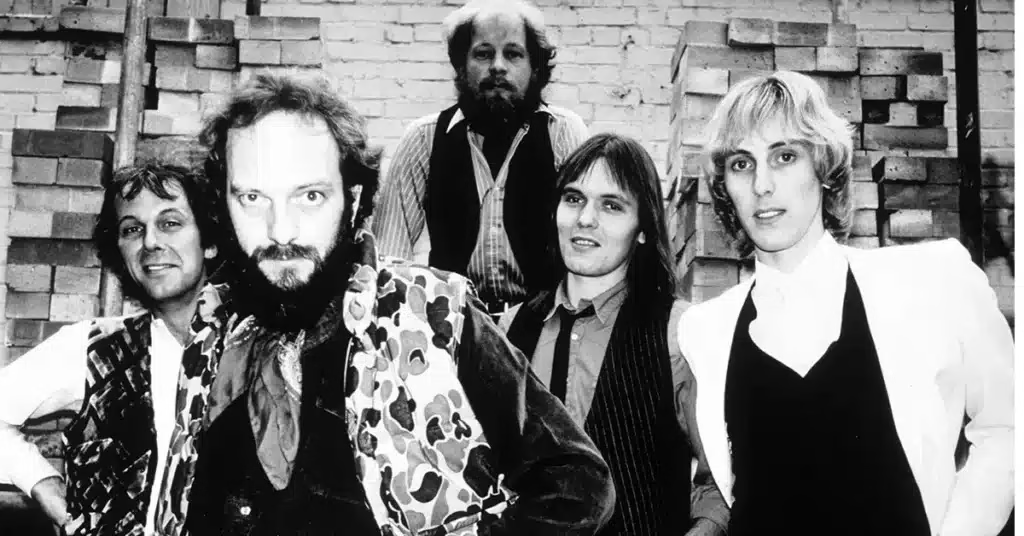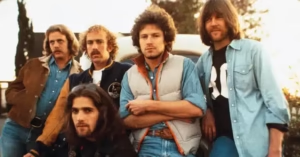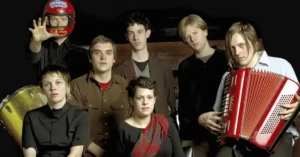Jethro Tull Members Through the Years
Few bands in rock history have experienced such a rich, dynamic, and ever-evolving lineup as Jethro Tull. Known for blending progressive rock, folk, blues, and hard rock, the band’s sound is defined by the unmistakable voice and flute of Ian Anderson—but the group’s long-lasting legacy is also owed to a talented array of musicians who brought their own flavor to the mix. In this article, we explore the most significant Jethro Tull members, both past and present, tracing the evolution of this legendary British band.
1. Ian Anderson – Vocals, Flute, Acoustic Guitar (1967–present)
Ian Anderson is the founding member, frontman, and creative force behind Jethro Tull. His unique incorporation of the flute into rock music, combined with poetic lyrics and theatrical stage presence, made him one of the most recognizable figures in progressive rock. Though many members have come and gone, Anderson has remained the constant, guiding the band’s musical direction for over five decades.
2. Mick Abrahams – Guitar, Vocals (1967–1968)
Jethro Tull’s original guitarist, Mick Abrahams, brought a strong blues influence to the band’s debut album, This Was (1968). However, creative differences with Anderson led to his departure shortly afterward. Abrahams favored a purer blues direction, while Anderson wanted to explore more eclectic sounds. After leaving, he founded Blodwyn Pig.
Jethro Tull Members Through the Years
3. Martin Barre – Guitar (1969–2012)
Martin Barre replaced Abrahams and became one of the most pivotal members of Jethro Tull. His powerful and melodic guitar work is featured on every studio album from Stand Up (1969) to The Jethro Tull Christmas Album (2003). Barre’s signature riffs, especially on songs like “Aqualung” and “Locomotive Breath,” helped define Tull’s heavy prog sound. After the band’s hiatus in 2012, Barre began performing Tull material with his own band.
4. Clive Bunker – Drums (1967–1971)
As the original drummer, Clive Bunker was a key part of Tull’s early success. His jazz-influenced yet hard-hitting drumming style contributed greatly to the band’s first four albums, including the classic Aqualung. He left in 1971 to spend more time with his family and was replaced by the technically adept Barriemore Barlow.
Jethro Tull Members Through the Years
5. Glenn Cornick – Bass Guitar (1967–1970)
Glenn Cornick brought energy and a wild stage presence to the early Jethro Tull lineup. A classically trained musician, Cornick’s basslines were an essential part of the band’s blues-rock foundation. He appeared on This Was, Stand Up, and Benefit, and later formed the band Wild Turkey.
6. John Evan – Keyboards (1970–1980)
Known for his dapper stage attire, including a white suit and bow tie, John Evan joined the band officially in 1970 after contributing as a session musician. His keyboard work added symphonic and baroque elements to albums like Aqualung, Thick as a Brick, and A Passion Play. Evan was also instrumental in Tull’s live theatrics and conceptual stage shows.
7. Barriemore Barlow – Drums (1971–1980)
Regarded as one of the most technically skilled drummers in progressive rock, Barriemore Barlow brought precision and flair to Jethro Tull during their most complex musical period. His work on albums like Thick as a Brick and Songs from the Wood elevated the band’s rhythmic sophistication. Barlow left after the tragic death of bassist John Glascock and the band’s changing direction.
Jethro Tull Members Through the Years
8. Jeffrey Hammond – Bass Guitar (1971–1975)
Jeffrey Hammond, a childhood friend of Anderson, joined the band after Cornick’s departure. His name is referenced in early Tull songs such as “A Song for Jeffrey” and “Jeffrey Goes to Leicester Square.” A visual artist by training, Hammond added conceptual flair to the band’s performances but retired from music in 1975 to return to painting.
9. John Glascock – Bass Guitar (1976–1979)
John Glascock brought a new level of funk and versatility to Tull’s sound. Previously a member of Carmen, his melodic playing and backing vocals contributed to Songs from the Wood and Heavy Horses. Sadly, his career was cut short due to health problems; he passed away in 1979 at age 28, prompting a period of introspection within the band.
Jethro Tull Members Through the Years
10. Dave Pegg – Bass Guitar (1979–1995)
Formerly of Fairport Convention, Dave Pegg stepped in after Glascock’s death. He played on albums such as A, Crest of a Knave, and Catfish Rising, bringing folk sensibilities and professionalism to Tull’s later years. Pegg was part of the lineup when the band controversially won the Grammy for Best Hard Rock/Metal Performance in 1989.
11. Doane Perry – Drums (1984–2012)
Doane Perry became the band’s longest-serving drummer after Barlow. His energetic and adaptable drumming style fit well with Tull’s evolving sound, appearing on albums from Crest of a Knave onward. Perry remained with the group until their hiatus in 2012, after which Anderson began releasing music under his own name.
12. Jonathan Noyce – Bass Guitar (1995–2007)
Jonathan Noyce, a classically trained musician, brought precision and modern tone to the Tull sound. He worked alongside Doane Perry and was involved in many tours and live recordings during the late ’90s and early 2000s. His playing can be heard on J-Tull Dot Com and The Jethro Tull Christmas Album.
Jethro Tull Members Through the Years
13. Florian Opahle – Guitar (2003–2019)
A technically brilliant German guitarist, Florian Opahle played with Ian Anderson during his solo tours and eventually joined the revived Jethro Tull lineup. He contributed to albums like Homo Erraticus and The Zealot Gene (though he left before the latter’s release), bringing a modern, virtuosic style to classic material.
14. Current Lineup (2020s–Present)
In recent years, Anderson has revived Jethro Tull with a fresh group of musicians:
- Joe Parrish-James – Guitar
- David Goodier – Bass
- Scott Hammond – Drums
- John O’Hara – Keyboards
These musicians bring both reverence for the band’s legacy and new energy, performing both classic material and new songs from The Zealot Gene (2022) and RökFlöte (2023).
Legacy of the Members
Each Jethro Tull member has contributed something vital to the band’s evolution. Whether it was the classical nuance of John Evan, the powerhouse rhythms of Barriemore Barlow, or the searing solos of Martin Barre, Tull’s legacy is one of collective brilliance guided by Anderson’s vision. While lineups have changed, the band’s sound remains instantly recognizable, blending complexity, storytelling, and musical virtuosity like no other.
Jethro Tull Members Through the Years
Conclusion
The story of Jethro Tull is one of musical innovation, reinvention, and a tapestry of incredible talent. With more than 30 musicians having passed through its ranks, the band is not just Ian Anderson’s creation but a collaboration of many gifted artists. Their contributions have helped Jethro Tull earn a place among rock’s most respected and unique acts.




